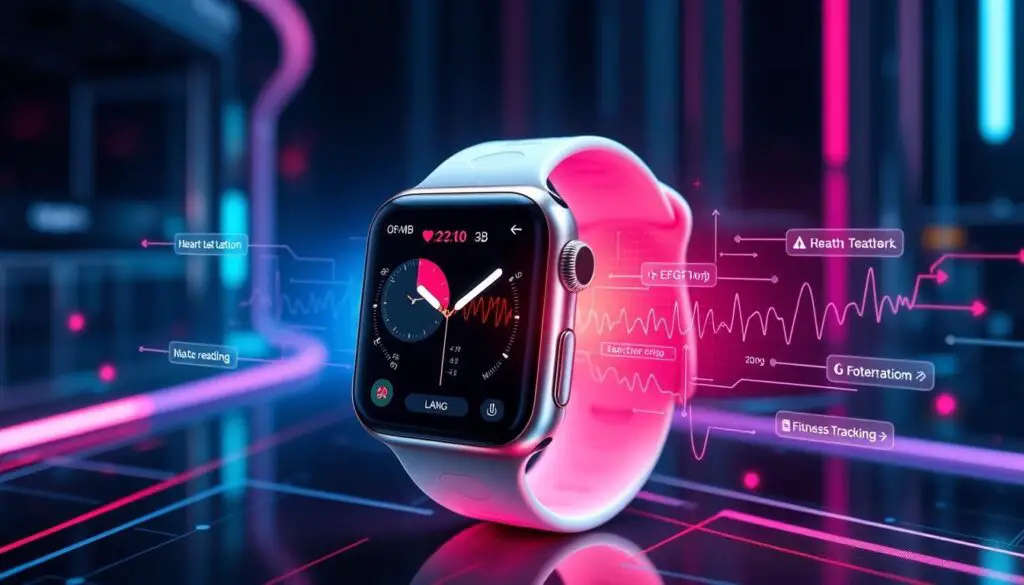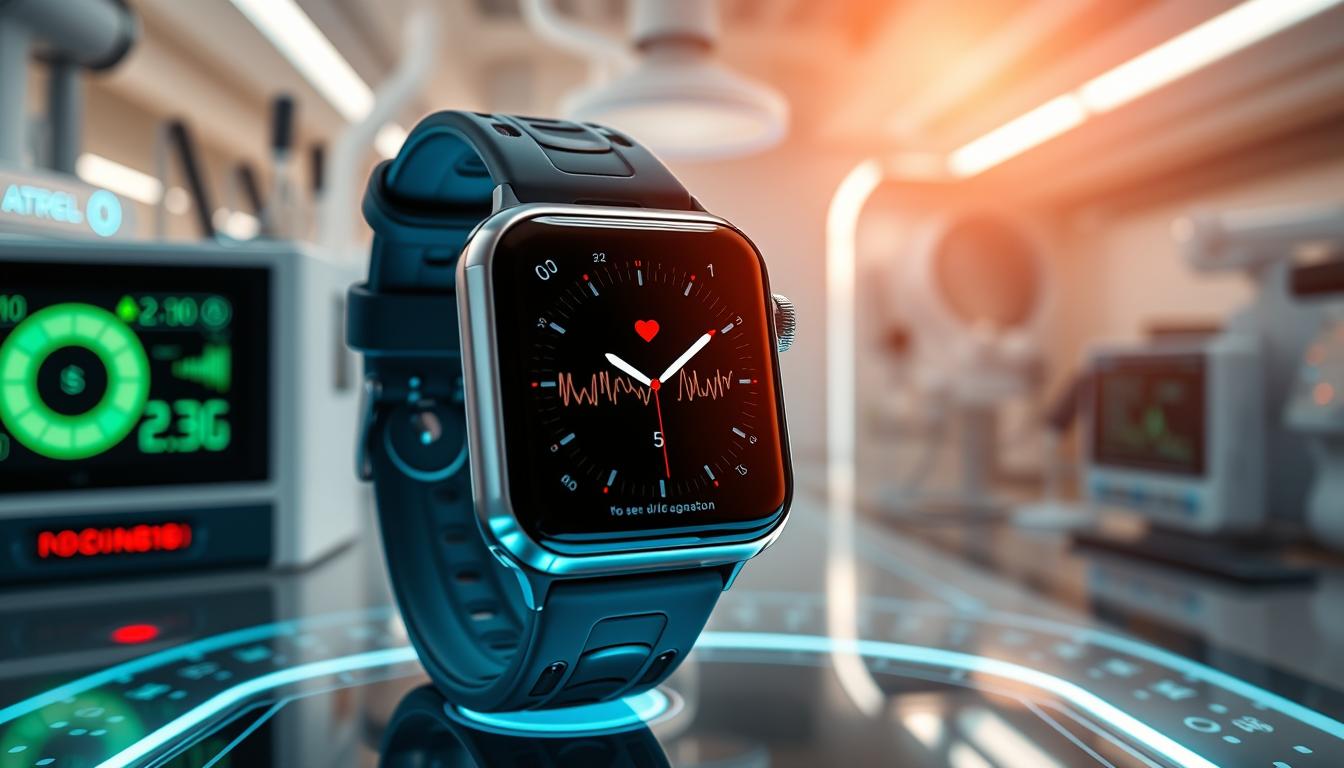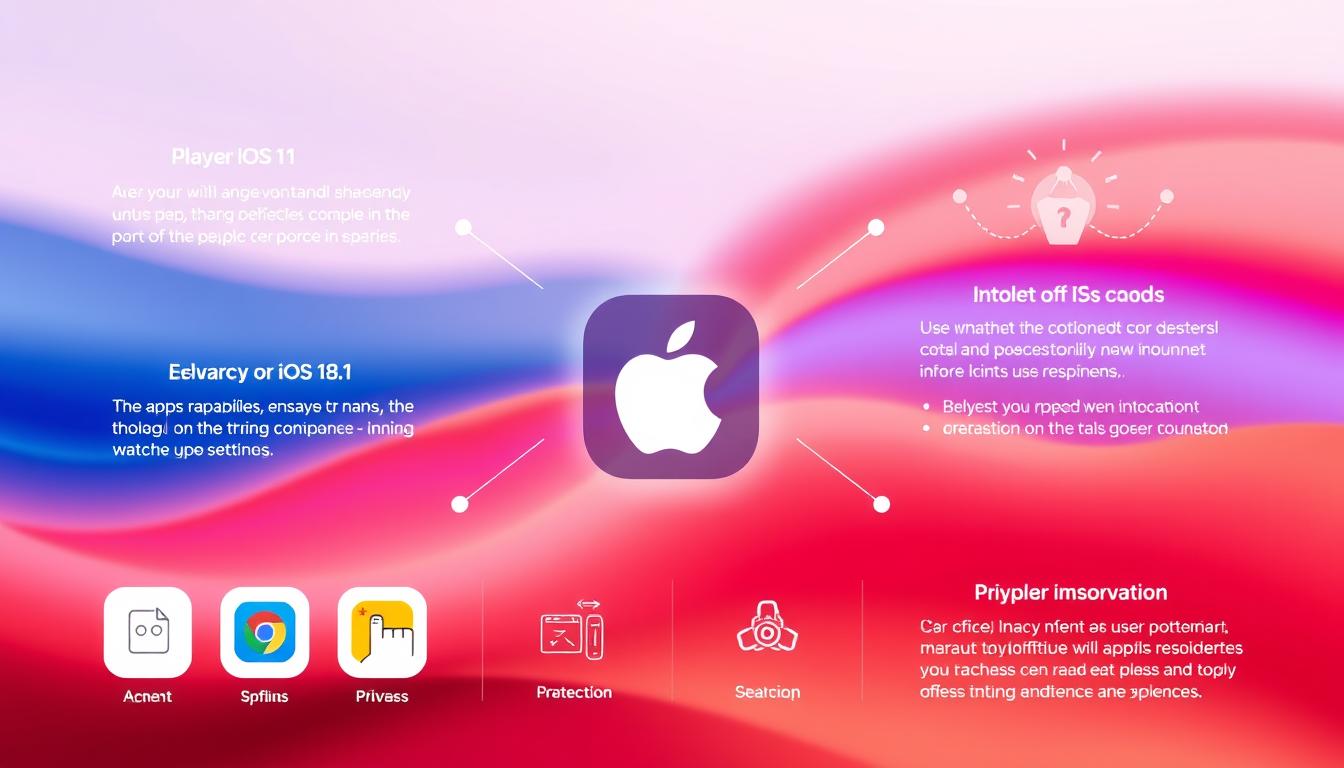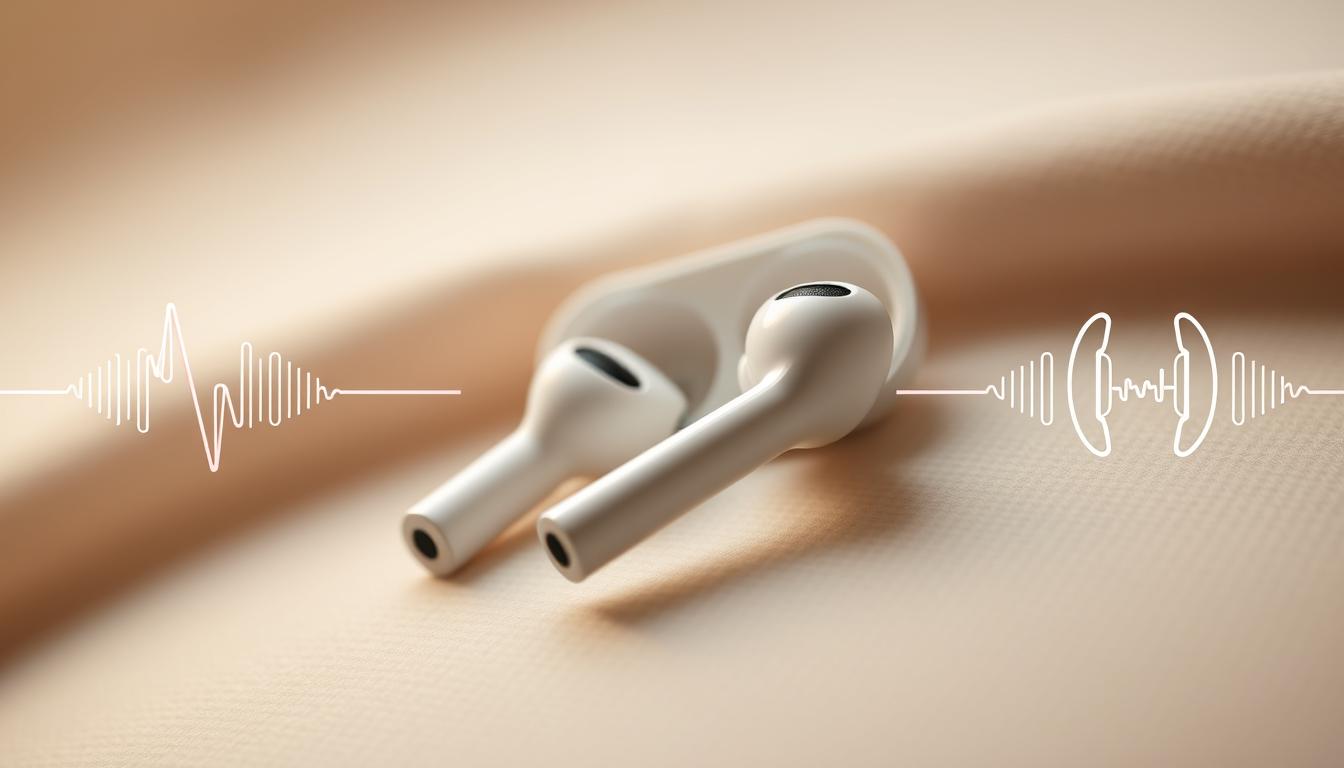The Apple Watch 10 is becoming very popular. It’s not just a fancy smartwatch. It’s also a great tool for health.
It has cool features like ECG and blood oxygen monitoring. It also tracks sleep. Starting at $400, it’s packed with new tech.
Many people over 65 find it very useful. It can detect falls. This is important because many older Americans fall each year.
Key Takeaways
- The Apple Watch 10 merges advanced health features with cutting-edge medical technology.
- Priced from $400, it offers ECG, blood oxygen monitoring, and sleep tracking.
- Automatic SOS and fall detection features add significant value, especially for seniors.
- Over a quarter of Americans aged 65 and older experience falls each year.
- Apple Watch integrating FDA-approved devices like the Dexcom sensor for blood sugar monitoring.
Introduction to Apple Watch 10 as a Medical Device
The Apple Watch 10 is changing from a simple smartwatch to a key wearable technology for health monitoring. It gives real-time health data, not just simple alerts and fitness tracking. It’s a big deal in medical devices, helping users and doctors track health well.
Making the Apple Watch 10 medical device was a big tech leap. It took over 2,500 hours of study, 2 surveys, and testing 13 brands. Experts’ insights helped make it better.
The Apple Watch 10 medical device tracks important health stuff like heart rate and sleep. It syncs this info with Apple’s Health app. This helps users and doctors keep health in check.
The wearable technology of the Apple Watch 10 keeps getting better. Soon, it will track blood pressure and blood sugar too. People with Type 1 diabetes already use it with Dexcom sensors, showing its health management power.
The Apple Watch has grown from a cool gadget to a strong medical device. It’s now a big deal in healthcare, starting at about $400. It shows how wearable technology can help manage health.
In short, the Apple Watch 10 medical device is leading to better health tools. As it gets better, it will change how we manage our health, mixing wearable technology with medical needs.
Advanced Health Monitoring Features
The Apple Watch 10 has cool health features. It checks your heart, blood oxygen, and sleep. These help you know how well you’re doing.
ECG Monitoring
ECG monitoring is a big deal on the Apple Watch 10. It lets you see your heart’s rhythm. You just put your finger on the Digital Crown.
This makes an ECG like a doctor’s tool. It checks your heart health fast and right.
Blood Oxygen Monitoring
The Apple Watch 10 also checks your blood oxygen. This is key for your lungs and heart. It shows how much oxygen is in your blood.
This is great for people with sleep apnea. It tells you if your oxygen levels are low.
Sleep Tracking
The Apple Watch 10 tracks your sleep too. It looks at different sleep stages. This means light, deep, and REM sleep.
It helps you see how well you’re sleeping. And it gives tips to sleep better. Over time, it helps find sleep problems and helps you sleep better.

The Apple Watch 10 proves itself as a medical device
The Apple Watch 10 is a medical device. It has advanced health features. Doctors and users trust it.
It does health trend analysis. This gives insights into health. It helps find patterns for preventive health measures.
It watches heart rate, ECG, and blood oxygen levels. Real-time data helps find health issues early. This leads to quick action and health care.
The Apple Watch 10 does more than just collect data. It analyzes health trends over time. This helps users see their health journey clearly.
It uses smart algorithms and machine learning. For example, it can spot heart rhythm problems. This means users can get help fast.
It also shares data with doctors. This makes care better. Doctors get accurate health records. This helps in making better treatment plans.
Fitness Tracking and Health Insights
The Apple Watch 10 is a key tool for fitness. It does more than just count steps. It gives detailed health insights to help you stay fit.
Workout Tracking
The Apple Watch 10 tracks workouts well. It tracks running, cycling, and HIIT. Apple Watch 10 workout analysis shows how long, far, and what type of workout you did. This helps you get better at your workouts.
Calorie Monitoring
It’s important to burn calories to stay fit. The Apple Watch 10 tracks calories burned in real time. This helps you reach your fitness goals faster. It uses smart algorithms for accurate tracking.
Heart Rate Variability
Heart rate variability (HRV) shows your health and fitness. The Apple Watch 10 tracks HRV in real time. It shows how your body reacts to workouts and stress. This helps you plan your workouts and rest better.
Here is a comparative snapshot of some key metrics tracked by the Apple Watch 10:
| Feature | Advantages |
|---|---|
| Workout Tracking | Real-time analysis, various workout types, personalized feedback |
| Calorie Monitoring | Accurate calorie count, real-time updates, activity-specific metrics |
| Heart Rate Variability | Real-time HRV tracking, historical data trends, stress level monitoring |
Emergency Features and SOS Capabilities
The Apple Watch 10 is more than a health tracker. It has safety features to keep you safe. We’ll look at two key features: Emergency SOS and fall detection. These help in emergencies, giving you peace of mind.
Emergency SOS
The Apple Watch 10 SOS feature helps in emergencies. Press a button to call for help. It contacts emergency services and tells your emergency contacts you need help.
This quick help is crucial when every second counts. The watch sends your location to responders. Even without your phone, you can still call for help.
Fall Detection
Fall detection is another big safety feature. It uses sensors to spot hard falls. If it detects a fall, it alerts you.
If you don’t respond in a minute, it calls emergency services. It also sends a message to your emergency contacts with your location. This ensures help comes, even if you can’t respond.
The Apple Watch 10’s emergency features, like SOS and fall detection, make it a lifesaver. Its technology and design offer unmatched safety, turning it into a vital tool for personal safety.


